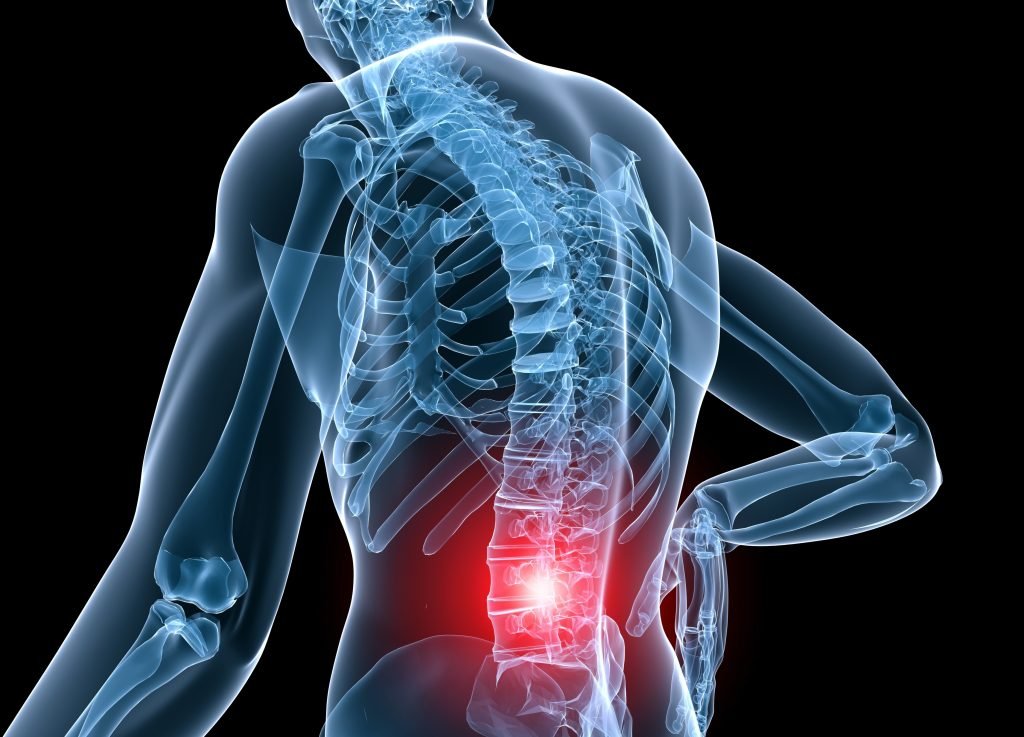Understanding Pressure Sores
What Are Pressure Sores?
Pressure sores, also known as bedsores or pressure ulcers, are injuries to the skin and underlying tissue resulting from prolonged pressure on the skin. They commonly develop on skin covering bony areas such as the heels, ankles, hips, and tailbone.
Causes of Pressure Sores
Pressure sores occur due to sustained pressure that reduces blood flow to the skin. Other factors include friction from clothing or bedding and shear, which happens when the skin moves one way and the bone beneath it moves another. These sores are particularly common among individuals with limited mobility, such as those confined to a bed or wheelchair.
Risk Factors
Several factors increase the risk of developing pressure sores:
- Immobility: Individuals who are bedridden or use a wheelchair.
- Age: Older adults are more susceptible due to thinner skin.
- Weight Loss: Decreased padding over bony areas.
- Malnutrition and Dehydration: Poor nutrition and hydration affect skin health.
- Medical Conditions: Conditions like diabetes and vascular disease can impair blood flow.
Symptoms
Pressure sores are classified into stages based on their severity:
- Stage 1: Red, unbroken skin that doesn't blanch (turn white) when touched.
- Stage 2: Partial-thickness skin loss with exposed dermis, appearing as a blister or open sore.
- Stage 3: Full-thickness skin loss involving damage to or necrosis of subcutaneous tissue.
- Stage 4: Full-thickness skin and tissue loss with exposed bone, muscle, or tendon.
Complications
Untreated pressure sores can lead to severe complications such as cellulitis, bone infections (osteomyelitis), and sepsis. They can also result in chronic wounds and require surgical intervention.
Prevention
Preventing pressure sores involves a combination of strategies:
- Regular Repositioning: Changing position frequently to relieve pressure.
- Skin Care: Keeping skin clean and dry, and inspecting it daily for signs of sores.
- Nutrition: Ensuring a balanced diet rich in fluids, vitamins, and minerals.
- Support Surfaces: Using specialized mattresses, cushions, and pads to reduce pressure.
Treatment
Treatment depends on the stage of the pressure sore:
- Early Stages: Relieving pressure, cleaning the wound, and keeping the area dry.
- Advanced Stages: May require debridement (removal of dead tissue), antibiotics for infection, and specialized dressings.
Conclusion
Pressure sores are a significant health concern, especially for individuals with limited mobility. Preventive measures and early intervention are crucial to managing and reducing the risk of these painful sores.
Say goodbye to pressure sores with the Ease Cushion
Lower back pain can be debilitating, especially for those who spend extended periods in a wheelchair. The Ease Cushion offers a revolutionary solution with its patented HAPT technology, designed to automatically adjust and redistribute pressure throughout the day. By simulating natural lifts and shifts, the cushion enhances blood flow, reducing pressure on sensitive areas and preventing pressure sores. Unlike static cushions, the Ease Cushion adapts to your movements, providing continuous support and comfort. Experience relief and regain your independence with the Ease Cushion, your partner in pain-free living.
Discover more about how the Ease Cushion can transform your comfort and health!
















1 comment
Andrew Peter Smith
when will these cushions be approved and paid for by Medicare? Few of us have the surplus funds to gamble on the abundance of “miracle” products we are bombarded with and offered on a daily basis.
Leave a comment
All comments are moderated before being published.
This site is protected by hCaptcha and the hCaptcha Privacy Policy and Terms of Service apply.